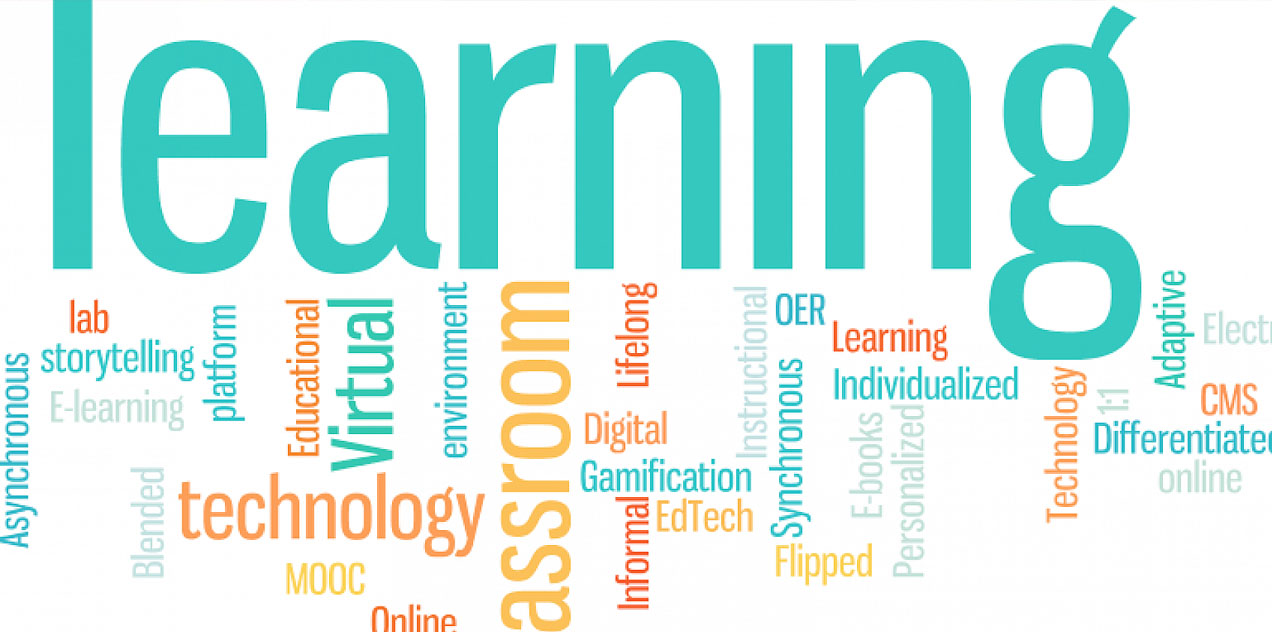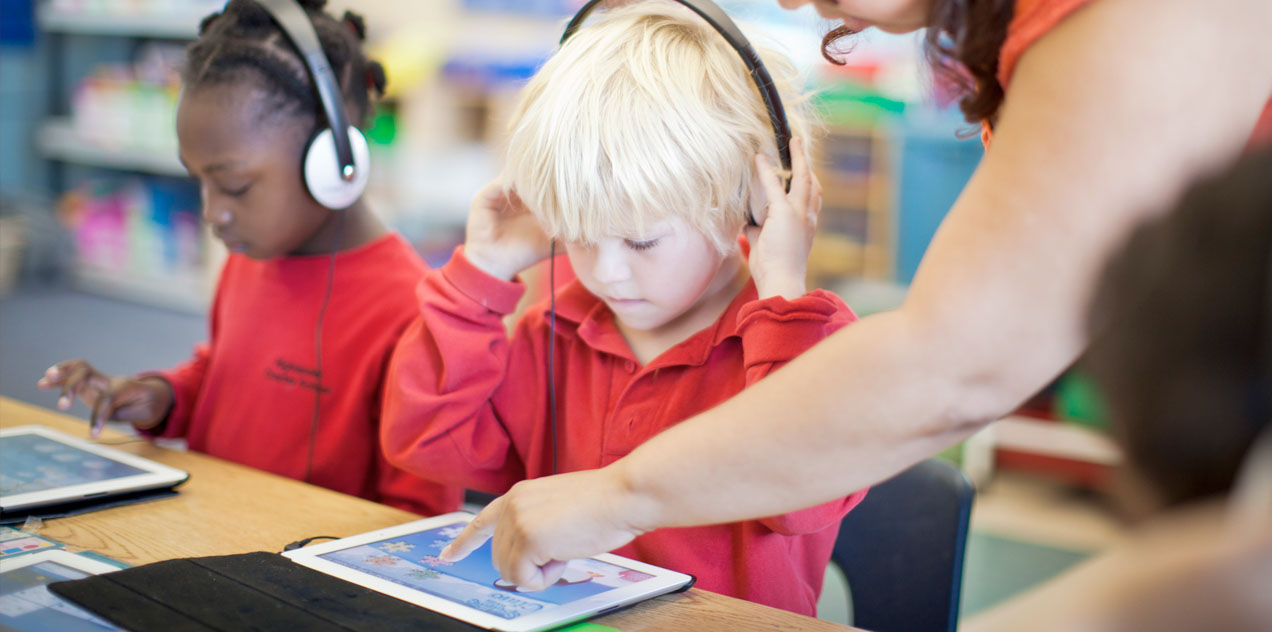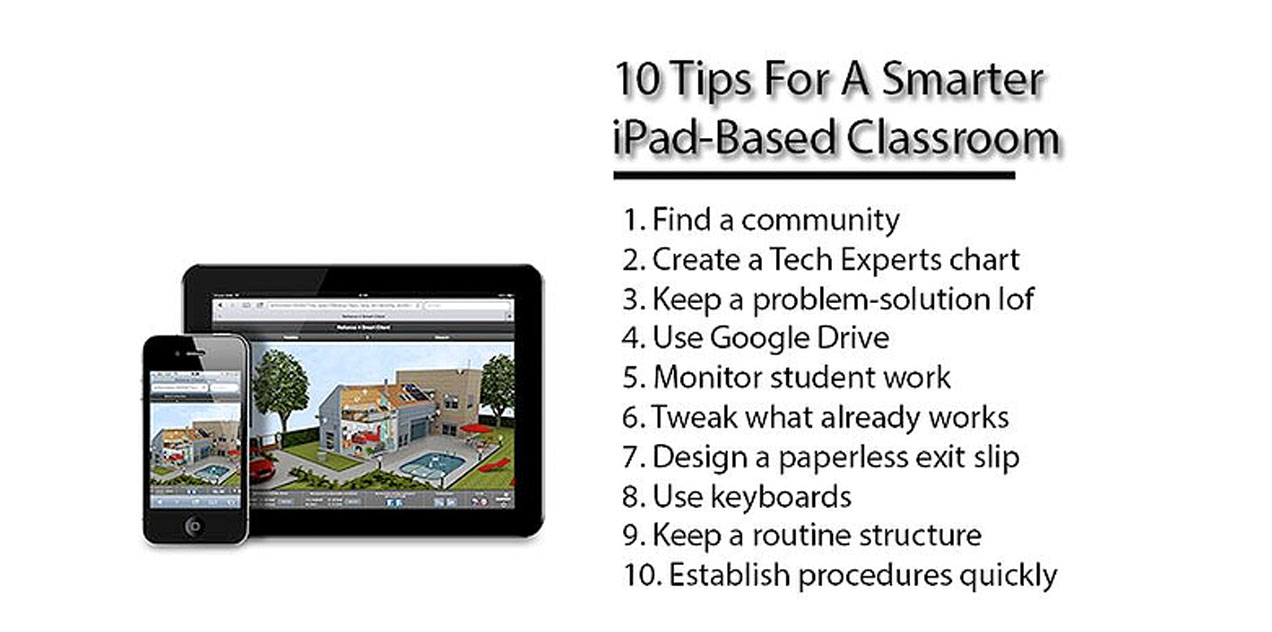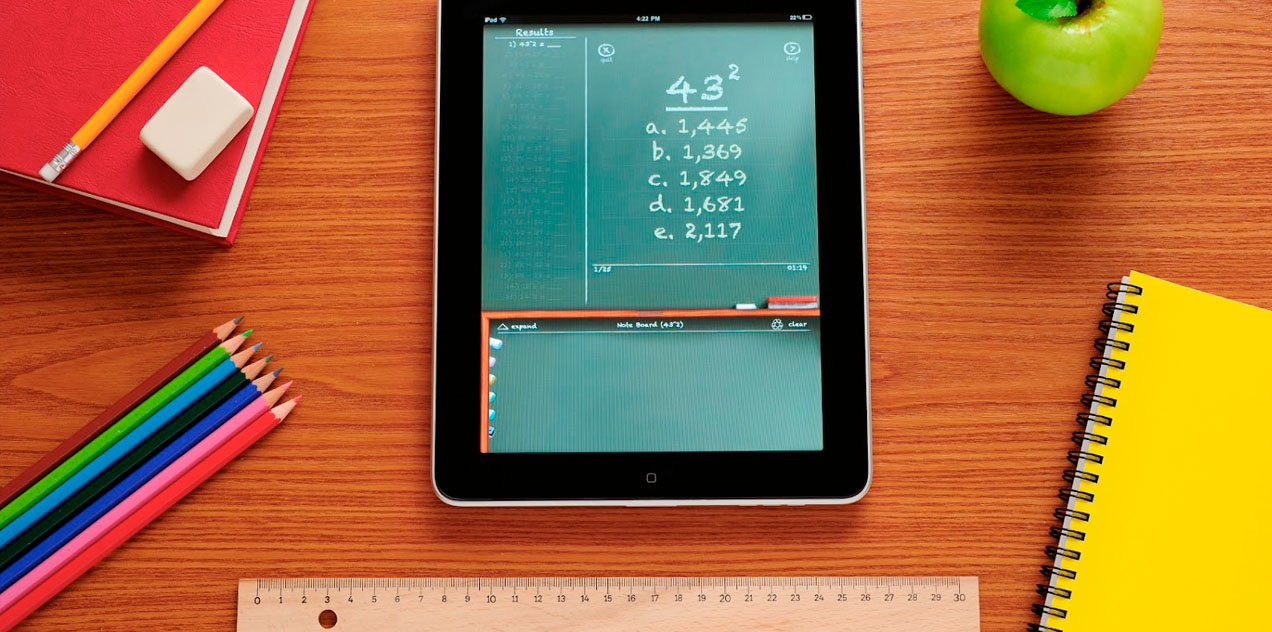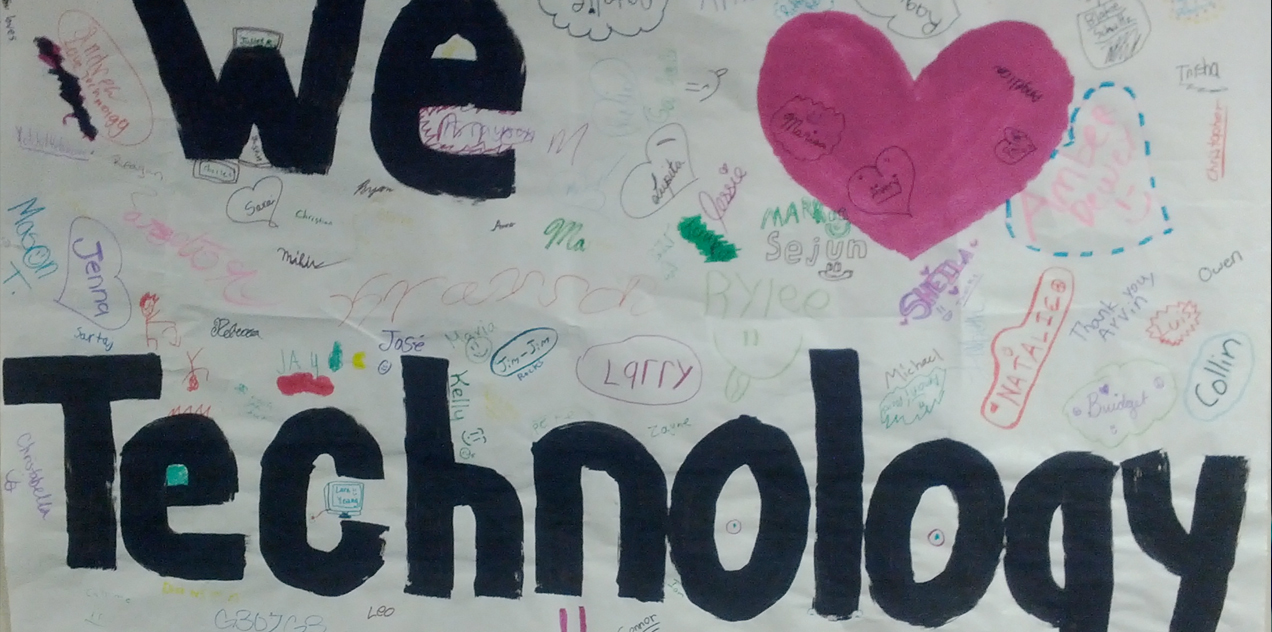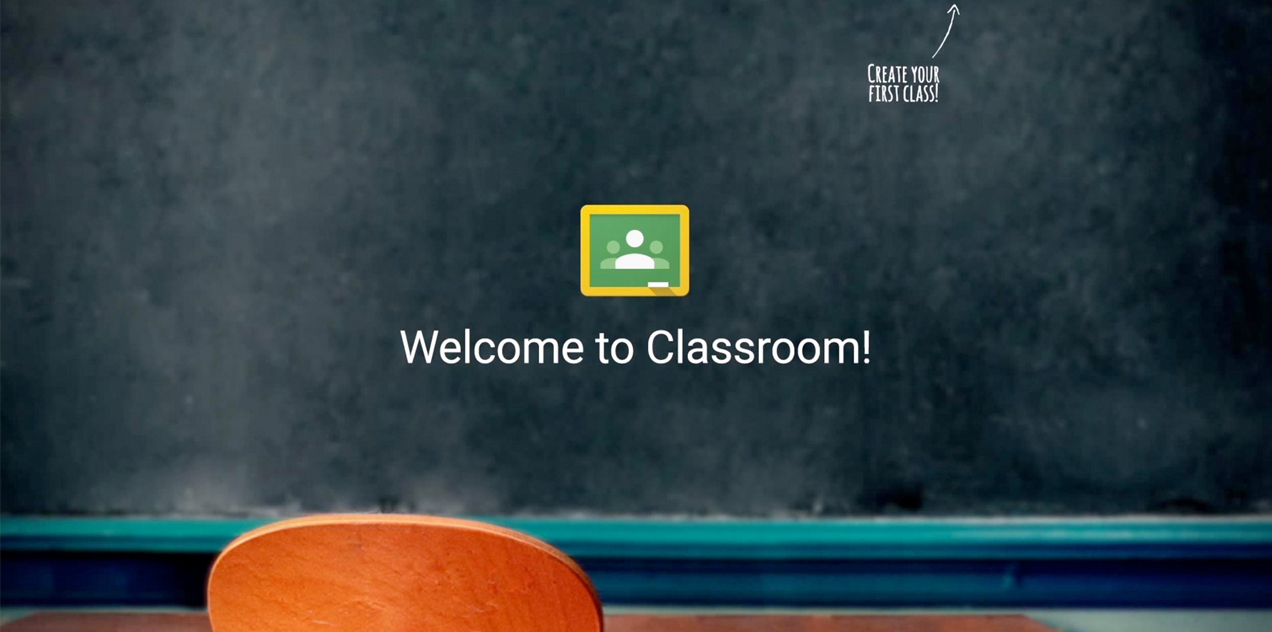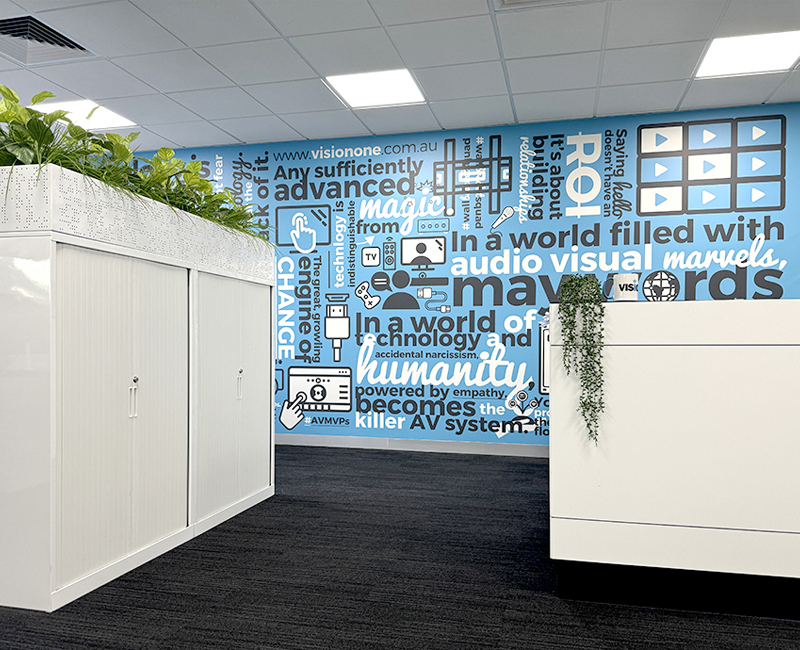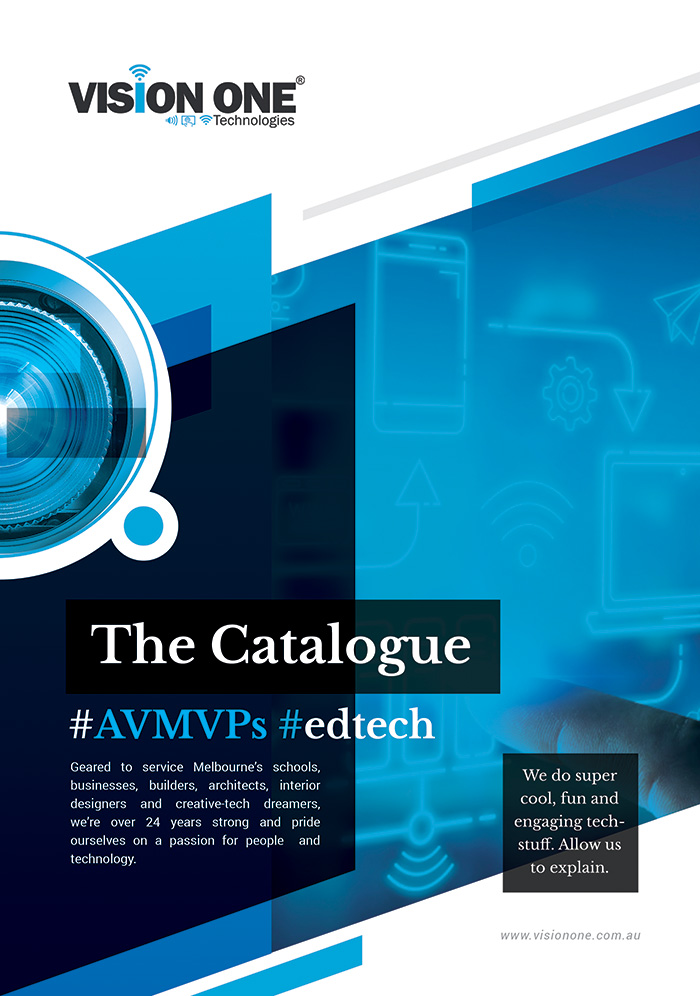Video Projection Mapping: Battersea Power Station Annual Party
Battersea Power Station Development Company invited Drive to create an awe-inspiring visual experience to raise...
Five Strategies for EdTech Success During the School Year
Before your students even enter the classroom, here are five strategies you can implement make...
Bridging our future
By connecting education with smarter technology, Intel offers a look into the future of K-12...
Five Ways to Bring Innovation Into the Classroom
1. INFUSE PASSION INTO LEARNING. Nine Tenets of Passion-Based Learning. Educators who focus on integrating...
10 tips for a smarter iPad-based classroom
iPad-based learning is ever-present in the 2014 classroom environment. But do you and your staff...
Technology should serve as a tool for better education, not replace the human interaction
New technology should serve as a tool for a better education, though the human being...
The history of technology in education
Check out this clever and quick look at how advancements in technology have impacted teaching and...
5 Tips to Help Teachers Who Struggle with Technology
*Article written by Josh Thomas, school teacher* "I'm not very tech savvy" is the response...
Students to never miss homework again with Google Classroom
To mark Teacher Appreciation Day on 6 May in the US, Google has launched a...
